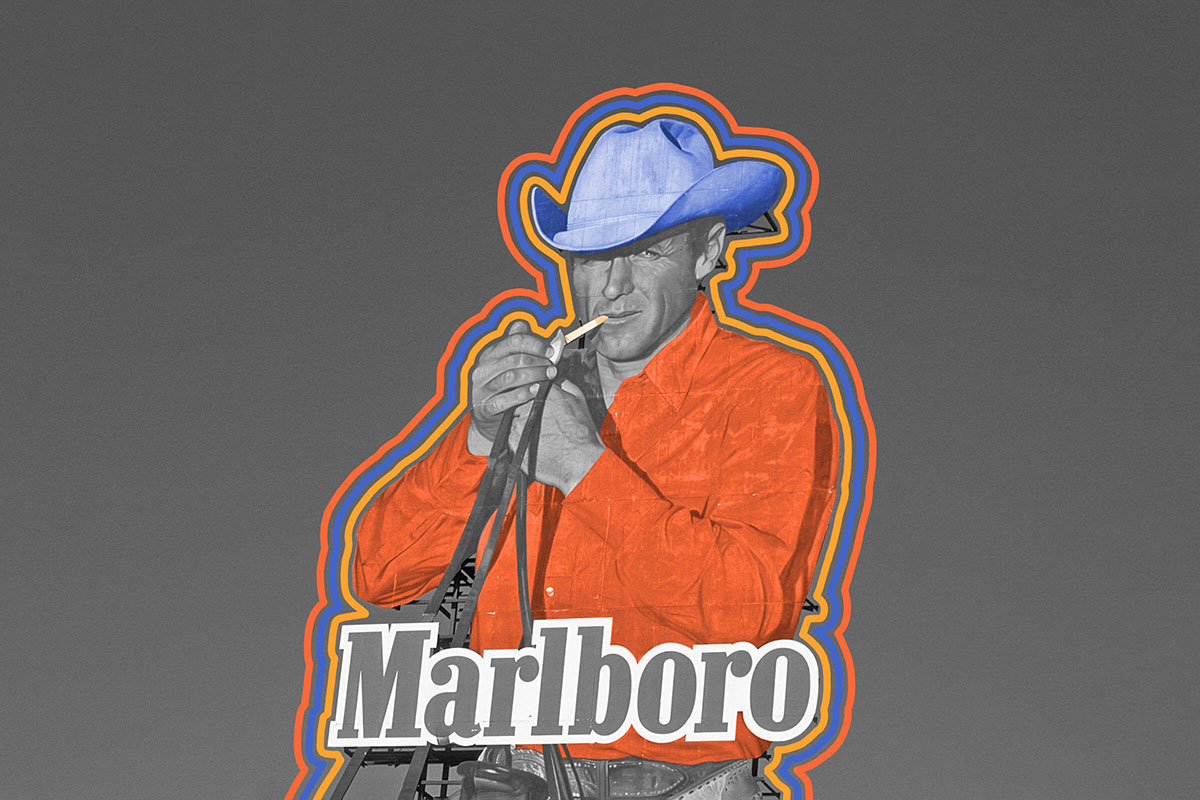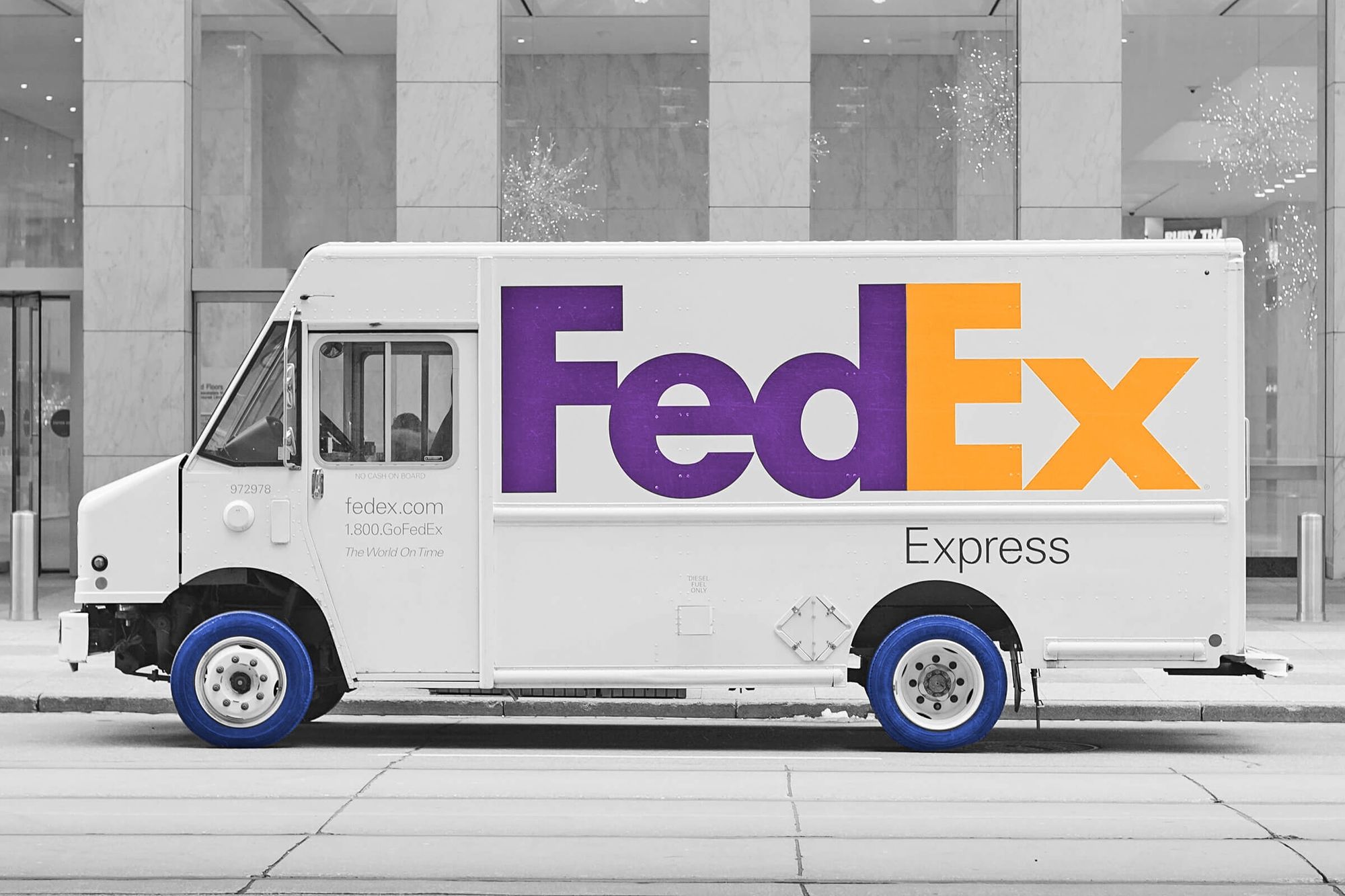
The TV face of the Marlboro Man never smoked.
We all remember the Marlboro Man: an able-bodied outdoorsman, usually a cowboy, who enjoyed a hard-earned puff from his cigarette amid a day of honest labor, his steely gaze beckoning us to "come to where the flavor is" in the land of Marlboro Country.
Except the real Marlboro Man never smoked — at least not the "original," an individual by the name of Bob Norris who featured in the brand's early TV commercials. A Colorado rancher who was offered the job after being seen in a photo with his friend John Wayne, Norris reluctantly became the face of an overwhelmingly successful advertising campaign by the Leo Burnett agency that made Marlboro the world’s top-selling cigarette brand by the 1970s. But while Norris epitomized the Marlboro Man’s image of rugged individuality, he ultimately proved too principled to last in the role; when his children asked why he was promoting a product they were forbidden to try, he reportedly hung up his Stetson after 12 years of cigarette pitch work.
Of course, Norris was an anomaly among his Marlboro brethren. While he lived to the ripe old age of 90, others who followed in his bootsteps learned the hard way what decades of smoking could yield, with several later publicly speaking out against the habit before dying from smoking-related illnesses. With the health risks all but impossible to ignore by the time a civil settlement was reached between the major tobacco companies and most U.S. states in 1998 (in which the companies paid out billions of dollars to compensate for taxpayer money spent on tobacco-related diseases), the Marlboro Man was sent riding into the sunset of Marlboro Country by the close of the 20th century.
The Marlboro Man wasn't the only long-running mascot spawned by the Leo Burnett admen, who also unveiled Morris the Cat in the late 1960s. Discovered in a Humane Society shelter in Hinsdale, Illinois, the "Clark Gable of cats" went on to star in 58 commercials for 9Lives cat food, along the way winning two PATSY Awards for pet actors and appearing in the 1973 movie Shamus with Burt Reynolds. As with some of the notable models who portrayed the Marlboro Man for many years, Morris was enough of a pop culture icon to garner an obituary upon his death in 1978. But unlike the Marlboro Man, there's no evidence to suggest he was harmed by the product he endorsed, and Morris continued to enjoy a prominent print, TV, and social media presence in subsequent incarnations, even running for President on a few attention-grabbing occasions.

